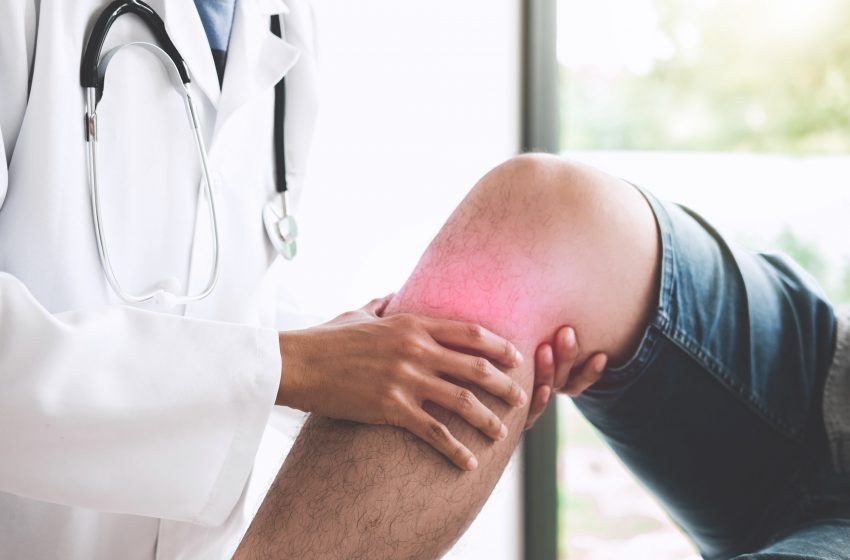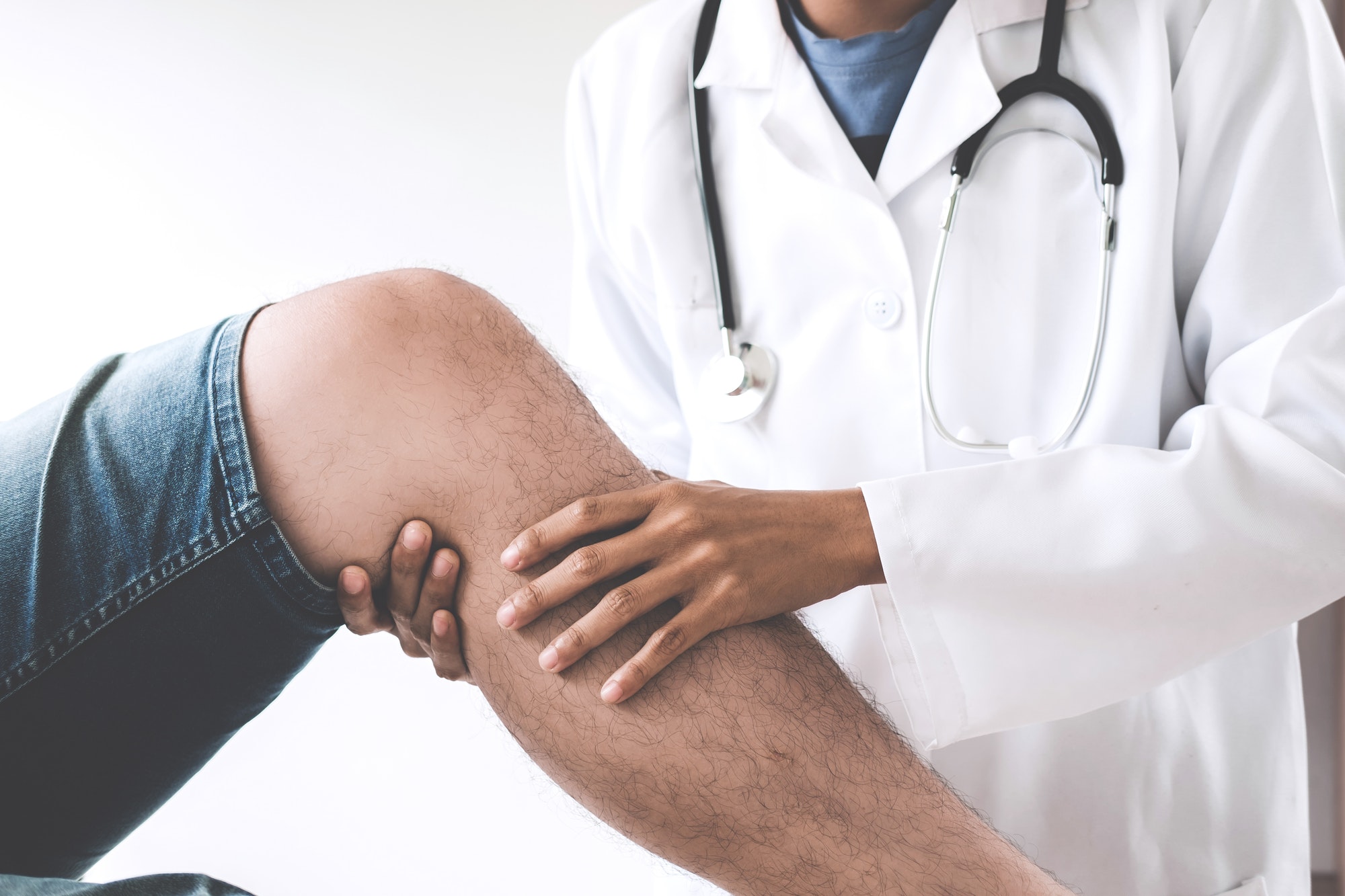
Pain Behind Knee And Calf | The 6 Causes & Treatment Options
There are several reasons for pain behind knee and calf that you should know. Some symptoms are similar, which can make the task daunting. To eliminate this concern, physicians do x-rays and other tests to assess.
That doesn’t mean that other techniques can’t help; it just means that is the best way to know.
If you choose another way apart from regular lines, consider a few things. These methods could put you at risk as their design is the last resort if no other option is available.
We understand that this can happen at a moment’s notice, as circumstances vary. If this is you, this information may be a lifesaver.
The key to evaluating your condition lies in taking note of all your symptoms and comparing them to the various illnesses shared. You can exclude those that don’t fit and find the treatments for those that do. Once you can accomplish those steps, getting better can be the focus.
Here are the leading causes of pain behind the knee calf.

Contents
Deep Vein Thrombosis
Deep vein thrombosis can cause tremendous pain in the calf and behind your knee. The condition’s cause comes from blood cots forming in the deep veins of the leg, pelvis, or thigh.
These clots are painful and affect different parts of the body.
The symptoms related to DVT are warm sensation in the leg and pain in the calf. Other symptoms are cramping in the calf, swollen leg, discolored look, usually red. The veins become bulgy and show on the leg or calf in most cases.
Treatments for deep vein thrombosis are blood thinners to help break down the clots. For those who may not have that option, lemon juice could be a possible replacement.
Other treatments are surgery to install a filter, depending on the situation. You can also use thrombolytics and compression stockings.
Baker’s Cysts
Baker’s cysts can cause you to have pain behind the knee and calf. The best way to know if you have this condition is to get an x-ray or ultrasound. A cartilage tear or arthritis can cause baker’s cysts, so be aware of your health status.
The symptoms of baker’s cysts are swelling and redness, similar to a blood clot, and stiffness. Other symptoms are a bump behind the knee full of fluid problems bending your knee. It becomes difficult to straighten the knee out as well.
You can treat baker’s cysts with medication to relieve pain and reduce stiffness. Other treatments are physical therapy to restore normal joint movement and help heal the area.
You can also use needle aspiration to remove the fluid from the lump at the back of your knee.
Pain Behind Knee And Calf – Other Causes
The pain you feel behind your knee could be something simple, or it could be a very severe problem, but you won’t know until you have it examined. An examination is still the safest way, but knowing how to treat any concern you have is a close second.
Here are more causes of any pain you may experience behind your knee and calf.
Muscle Spasms
If you are a very active person, you may want to consider muscle spasms. Spasms in the muscle occur when they contract and retract rigorously.
This condition is a painful experience caused by fatigue, overuse, and affected nerves.
The symptoms are excruciating pain and muscle stiffness as they get hard and refuse to relax. It isn’t tricky to know the signs of this one as it is a form of cramping, just worse.
The pain can feel like stitches in your legs.
The treatment for muscle spasms are painkillers, stretching, ice packs, and try walking. You can be proactive to help prevent cramps by drinking more water and wearing proper shoes.
Other preventatives are controlling your weight, stretching often, and avoiding working out in the sun.
Knee Sprains
A knee sprain is an injury that can affect the knee and the calf. These injuries occur from playing contact sports or from other aggressive outdoor activities.
You can sprain your knee if you fall as well, so be mindful, especially during the winter season when the roads are slippery.
The symptoms of a knee sprain are pain in the knee, calf, and surrounding area. The knee becomes stiff and swells; movement is more restricted. The inability to stand on your knee or to have to walk with a limp are other symptoms.
The best treatments are the R.I.C.E method and painkillers. The ain medication is anti-inflammatory in composition to reduce inflammation and swelling. Some situations require surgery and bracing to help prevent the knee from worsening.
Knee Infection
Knee infection causes pain behind the knee and in the calf. It is also a severe medical condition that needs attention. This condition usually happens to persons who had surgery and bacteria have entered the area.
Once it begins to spread, it can affect various knee parts.
The symptoms of knee infection are chills, fevers, nausea, and possibly vomiting. Other symptoms are swelling around the joint, warmth, and redness.
Some symptoms are similar to other conditions, but that is cause for concern if you had surgery.
The treatments for knee infection are arthroscopy to help remove the fluid that is infected. Other treatments are anti-biotics and antiviral medicines. Alternative medicines may help but would be slower at bringing relief.
Tendinitis
Tendinitis can cause the calf and the knees to become inflamed and painful. The tendons in your knee and around it can be damaged and cause inflammation to develop.
This inflammation is responsible for pain and stiffness in the muscle and joints.
The symptoms of tendinitis are dull achy pain around the knee and calf, swelling and tenderness to the touch. The best treatment for this condition is lifestyle changes.
If your job or workouts are responsible for tendinitis, then switch. Stretch more and use better techniques to take the pressure from your knee.
For immediate relief, use painkillers and ice the area.
Acquiring pain behind knee and calf can happen very easily; it doesn’t take much. An impact on your knee or a slip can cause you severe problems with your knee.
It is important to be careful and choose care wisely when seeking medical help.

